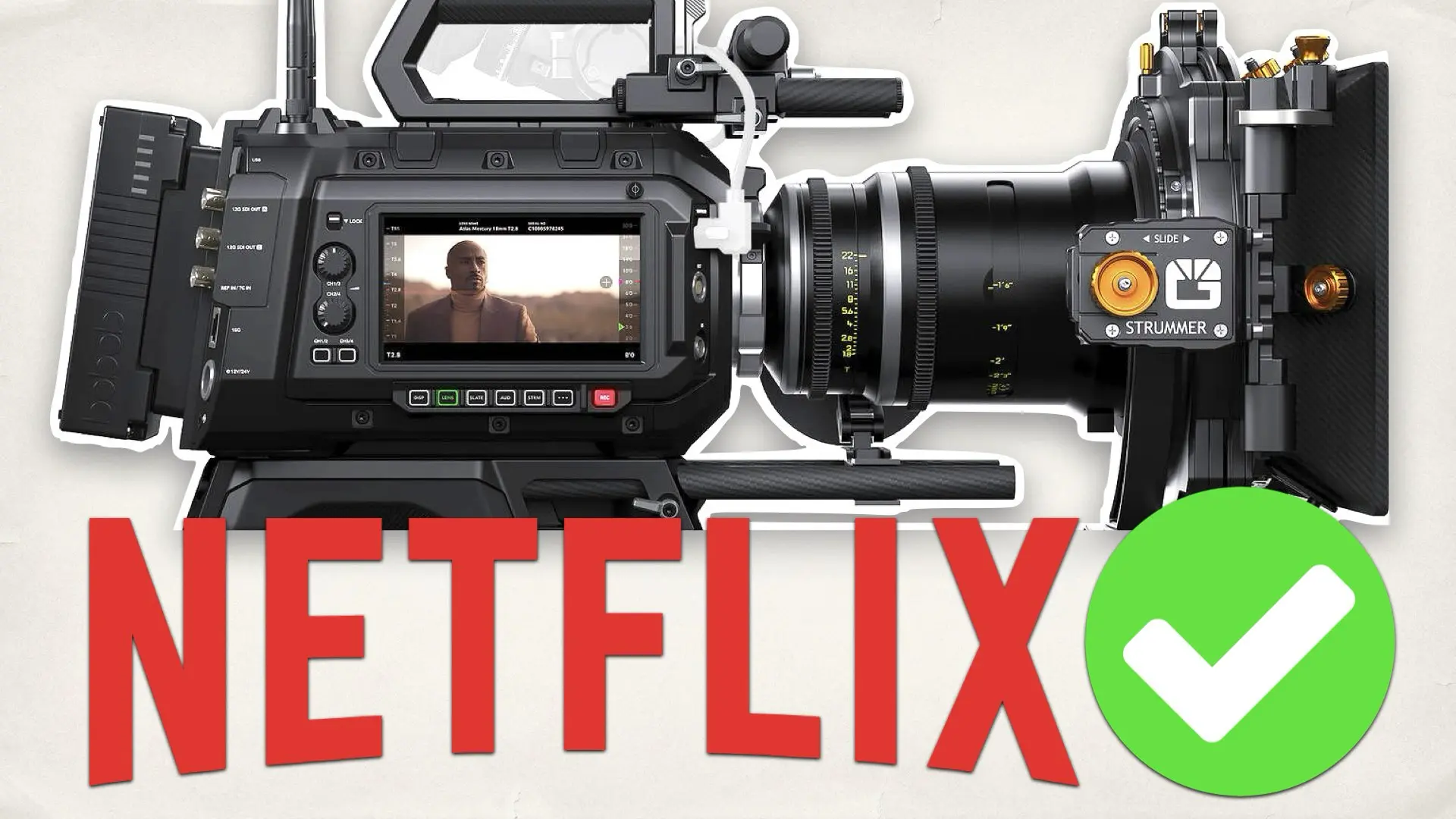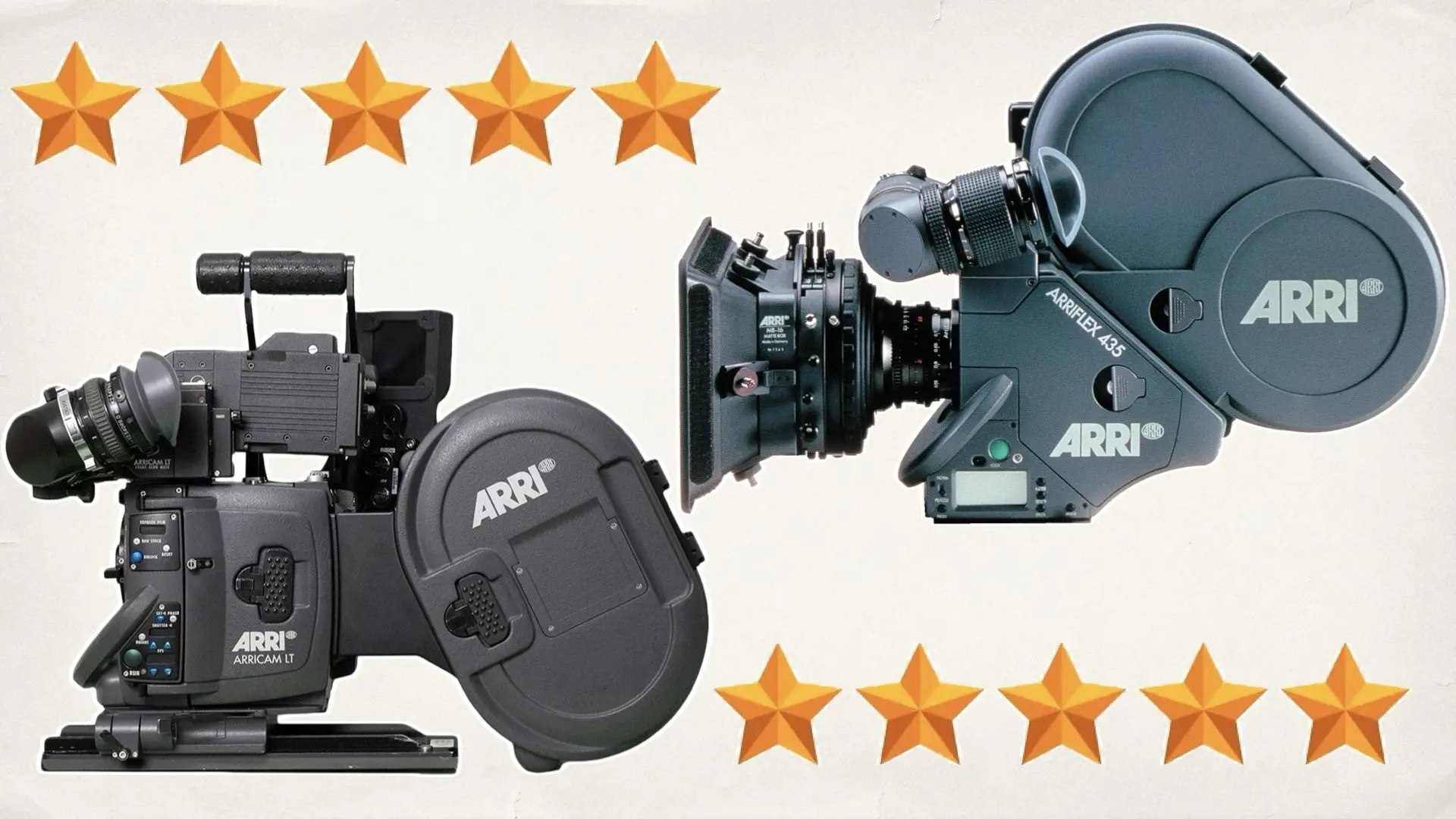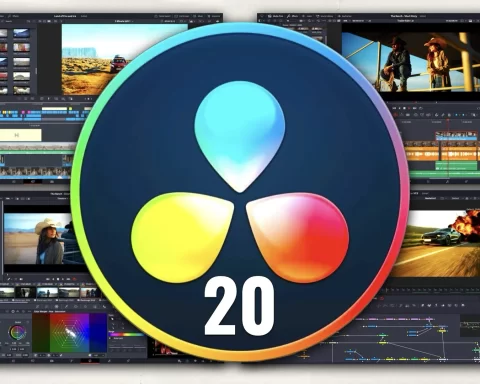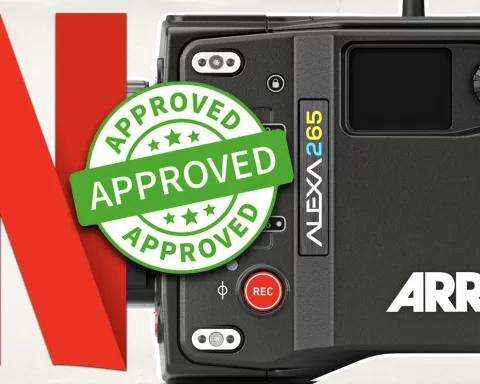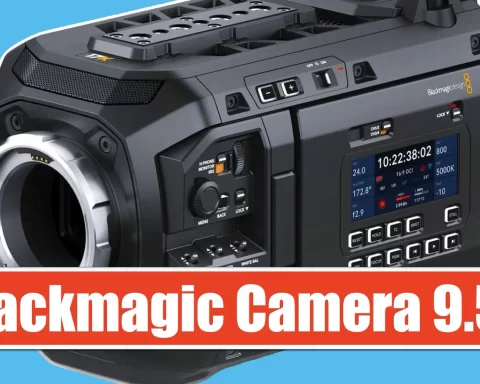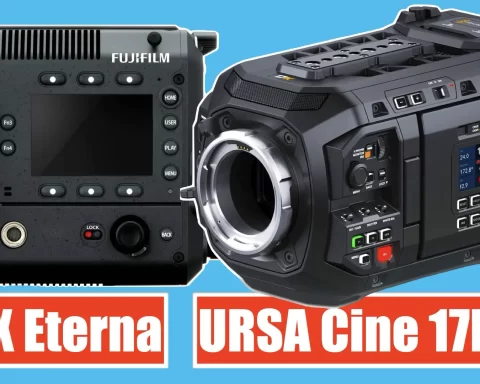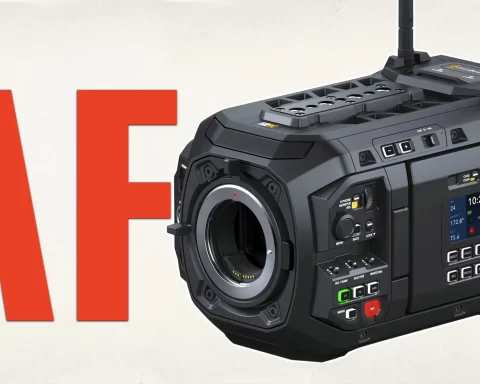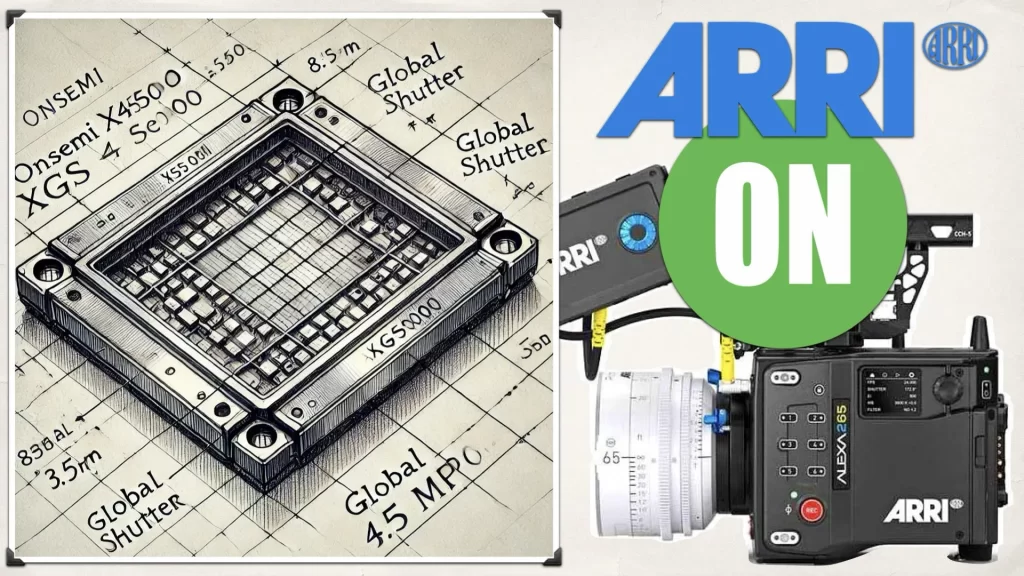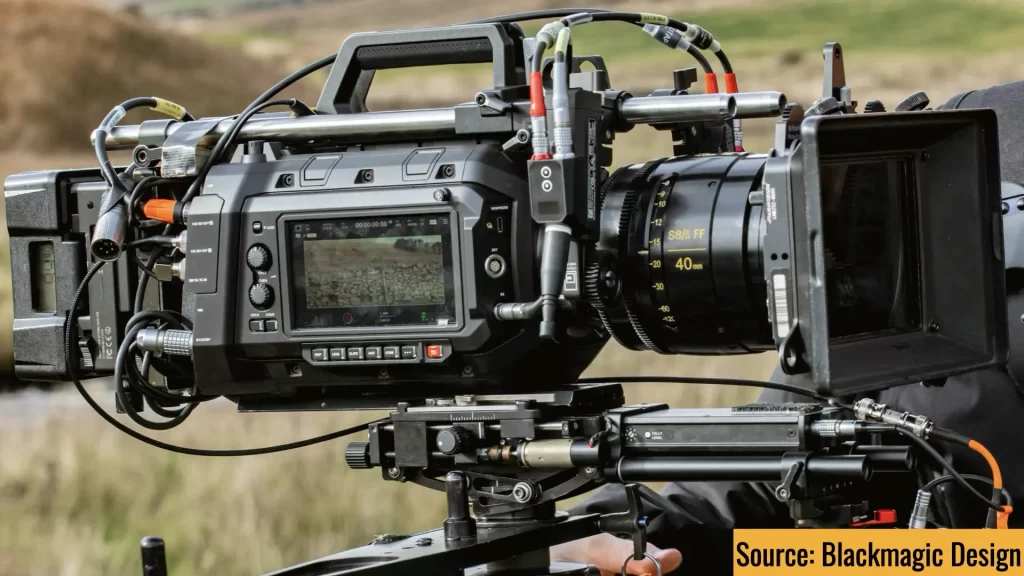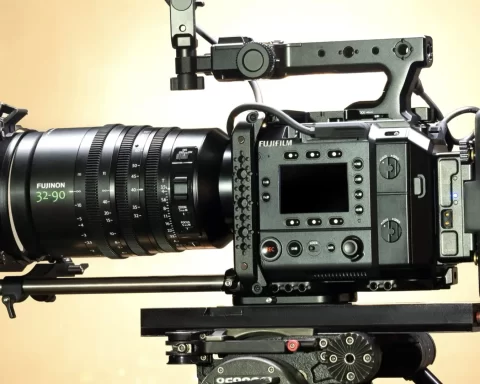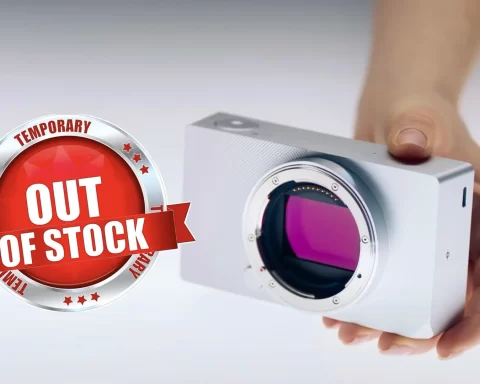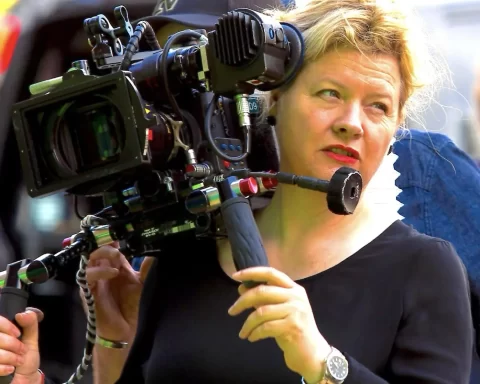The Blackmagic Design URSA Cine 12K LF has officially joined the list of Netflix-approved cameras. This achievement highlights the camera’s ability to meet the rigorous technical requirements that Netflix sets for its Original productions. While this milestone has certainly elevated the camera’s prestige, it raises a broader question: Does Netflix approval really matter in today’s filmmaking landscape?
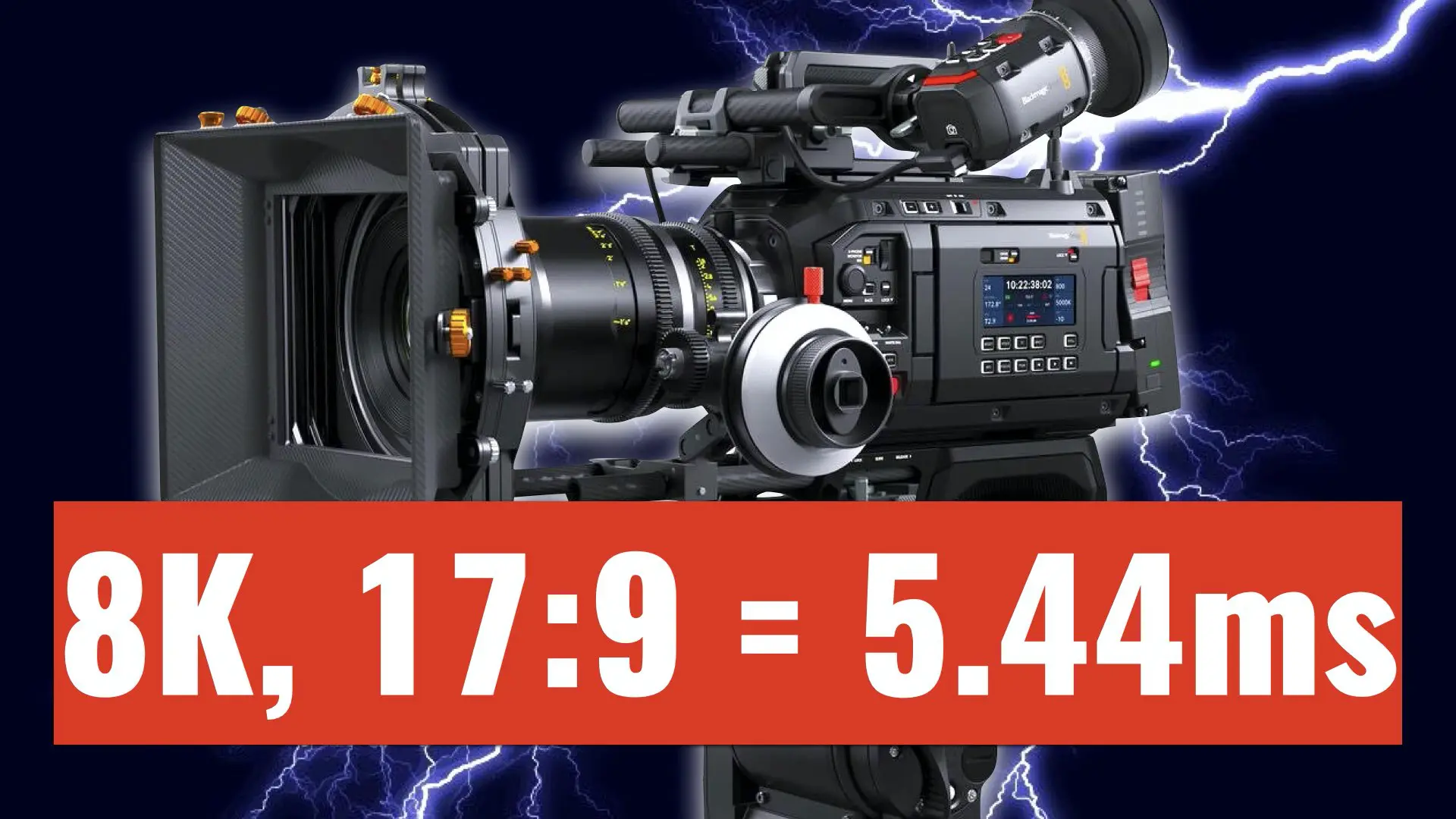
The Significance of Netflix Approval
Netflix’s camera certification process ensures that cameras used for Original productions can deliver the high-quality results viewers expect. Approval is based on a stringent evaluation of image resolution, dynamic range, color science, and workflow compatibility. For Blackmagic Design’s URSA Cine 12K LF, this endorsement confirms its status as a high-caliber tool capable of producing stunning visuals that meet professional standards. Approval also boosts the camera’s appeal to filmmakers working on Netflix projects, providing a stamp of legitimacy and expanding its market reach. For Blackmagic, this recognition solidifies its presence among giants like ARRI, Sony, and RED.
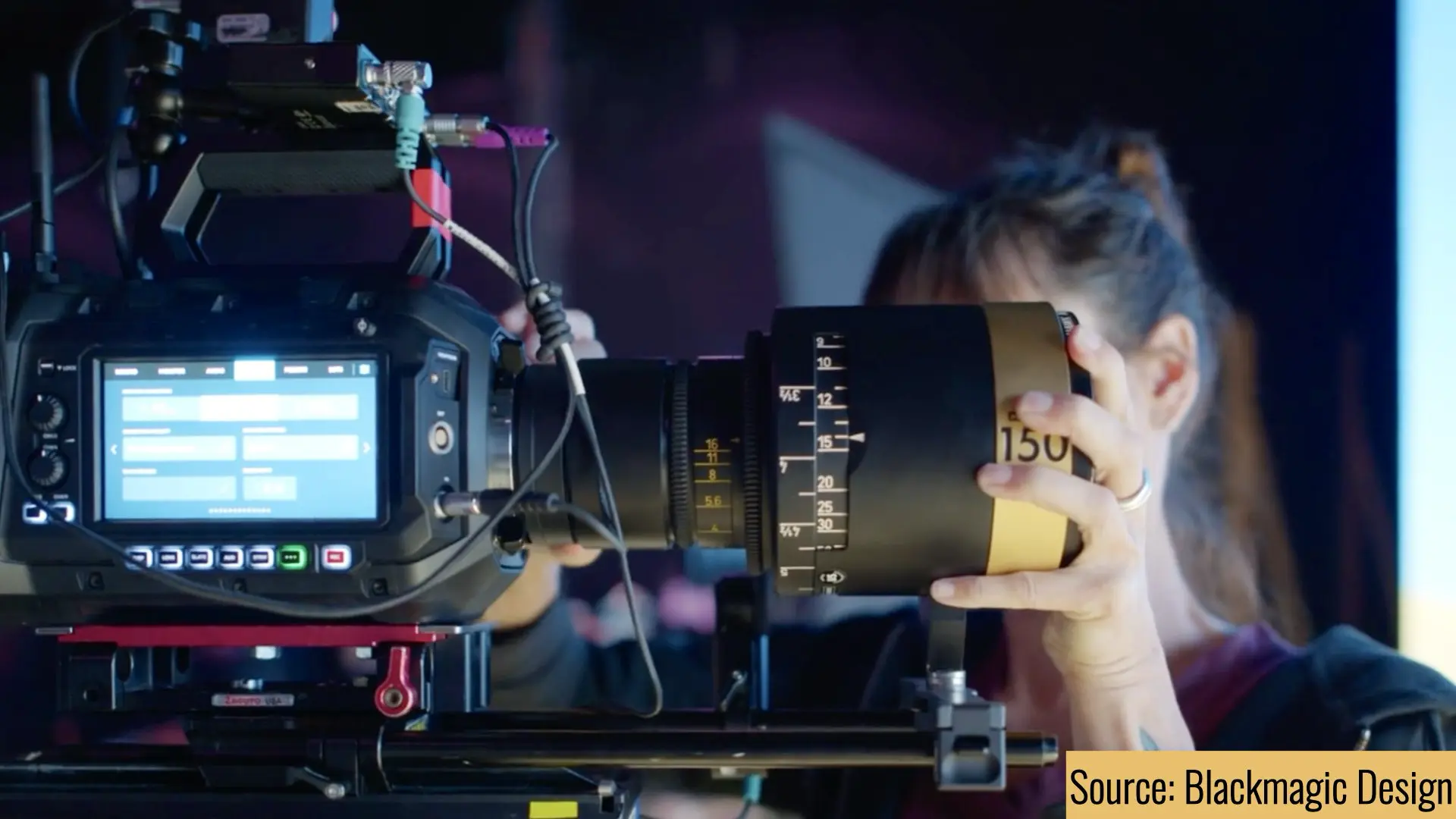
Why It’s Important
The approval positions the URSA Cine 12K LF as a viable contender in the professional cinema camera market. With its groundbreaking 12K resolution, this camera sets a new benchmark in visual fidelity. As noted in Blackmagic’s publication on the URSA Cine 12K LF’s readout speed and technical capabilities, the device boasts a level of flexibility and performance that rivals even the ARRI ALEXA and Sony VENICE. Moreover, Netflix’s increasing interest in low-budget filmmaking opens doors for cameras like the URSA Cine 12K LF. According to Y.M.Cinema Magazine’s article on Netflix’s preference for low-budget filmmaking, this strategy aligns with Blackmagic’s reputation for delivering cost-effective tools without compromising quality.
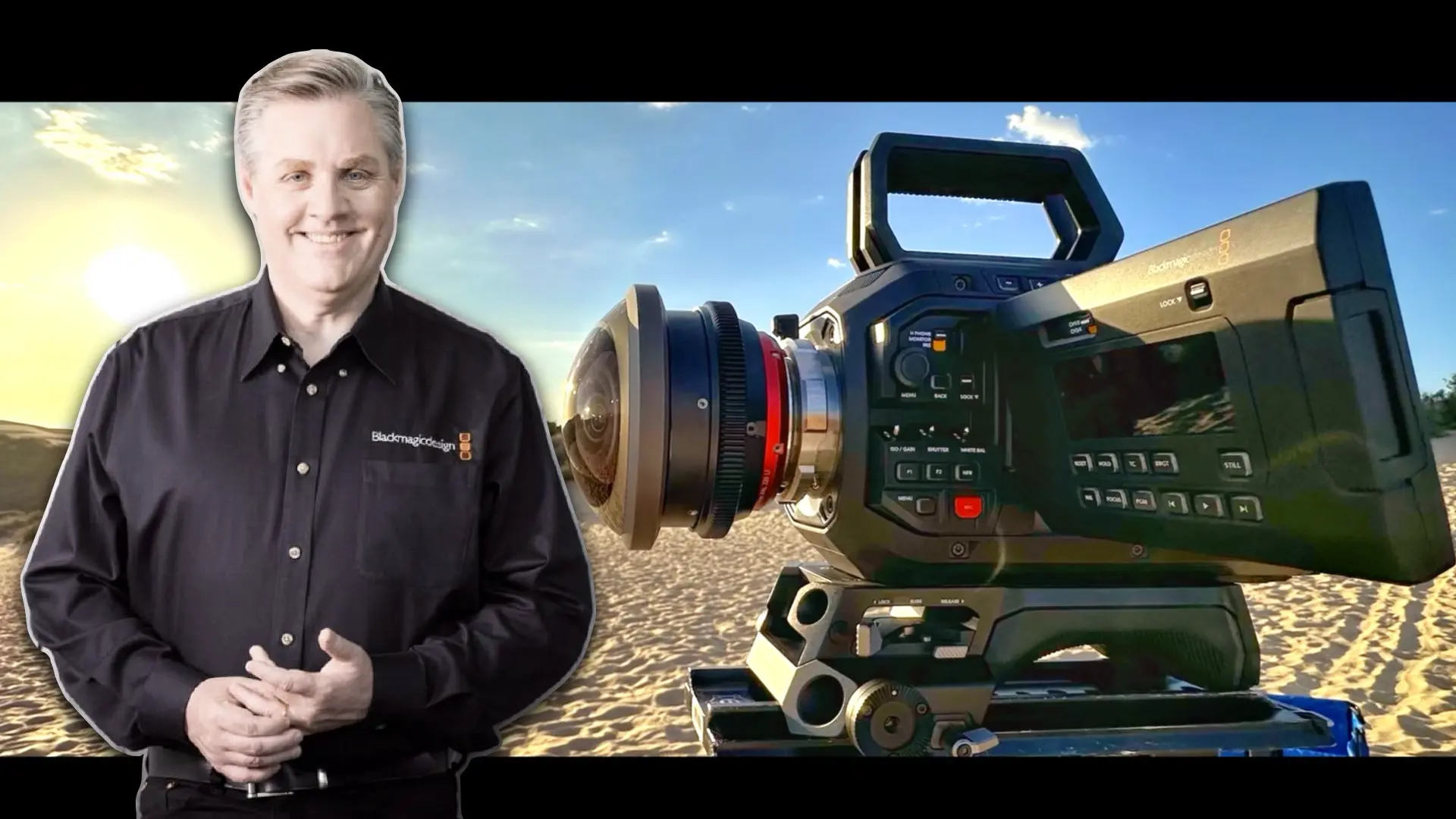
Why It’s Not That Important
Despite the prestige, the practical impact of Netflix approval may be limited. As discussed in “Do Netflix-Approved Cameras Really Matter?”, the list of approved cameras has grown so extensive that the designation no longer holds the exclusivity it once did. Independent filmmakers now have access to a wide range of high-quality options, many of which do not carry Netflix’s stamp of approval but are still capable of producing stunning results. Additionally, Netflix’s own productions have increasingly employed non-approved cameras for specific shots, indicating that creative storytelling often takes precedence over technical specifications. This underscores the idea that a filmmaker’s skill and vision outweigh the importance of hardware certifications. The best example of that is film cameras, which are not ‘Netflix Approved” by definition, but top-notch filmmakers utilize them.
The Competitive Edge
Blackmagic’s move to compete with heavyweights like ARRI and Sony is particularly intriguing. As noted in “URSA Cine 12K Might Become the Main Competitor for ARRI ALEXA and Sony VENICE”, the camera’s affordability combined with its advanced features makes it an attractive option for both seasoned professionals and emerging filmmakers. This dual appeal could disrupt the dominance of legacy brands in the high-resolution cinema market. BTW, this camera costs $16,500 but you can buy the regular version of the camera (Super 35) on AMAZON (which is also “Netflix Approved”), and that costs a bit more than $5,500 USD.
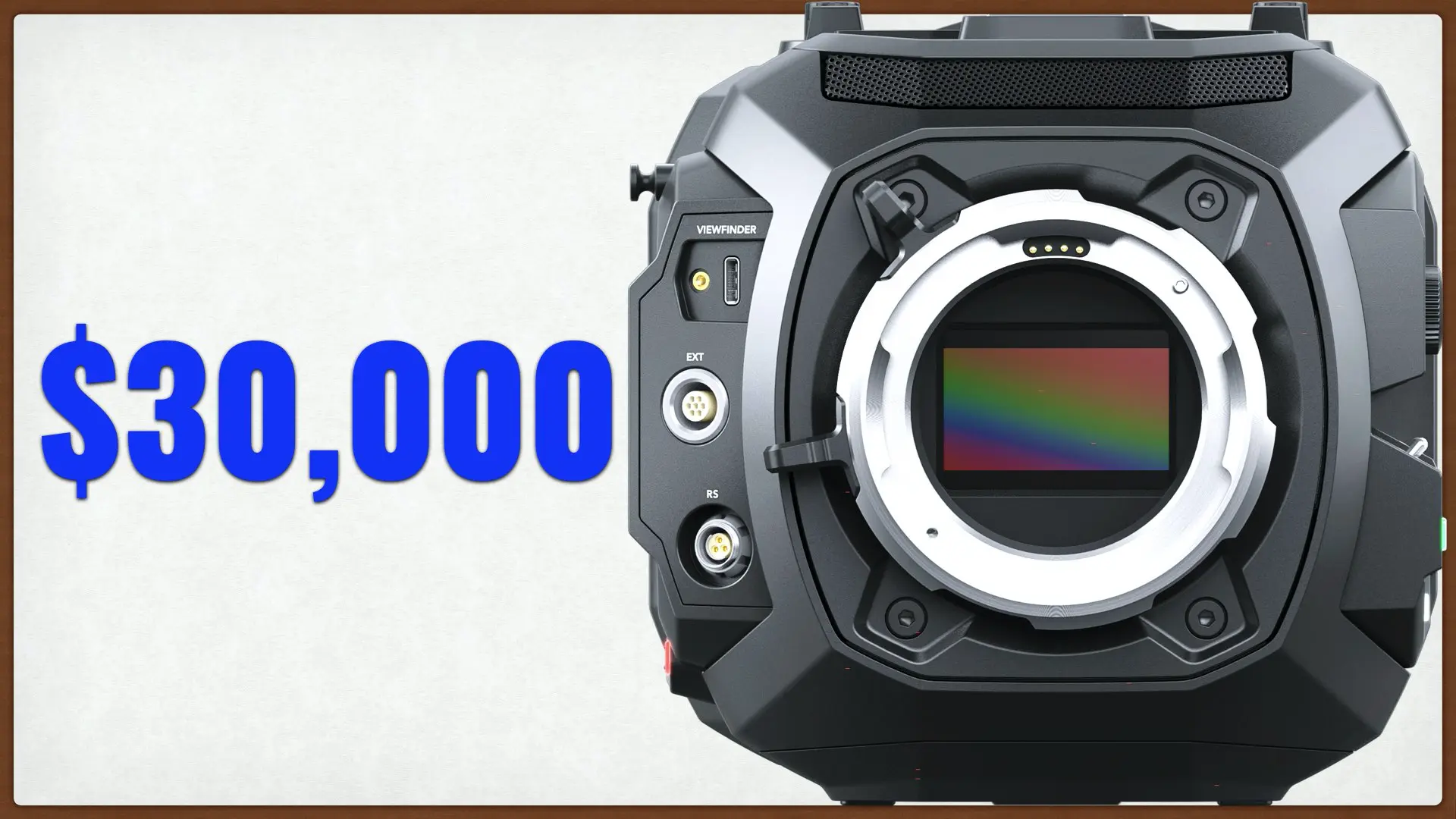
What Does This Mean for Blackmagic Design?
Netflix approval of the URSA Cine 12K LF represents a significant milestone for Blackmagic Design. It reinforces the company’s commitment to pushing technological boundaries while keeping costs accessible. However, it’s essential to recognize that this achievement is only one piece of the puzzle. To truly reshape the market, Blackmagic must continue to innovate and address the evolving needs of filmmakers. In a simple sentence, BM should keep doing what it does. Period.
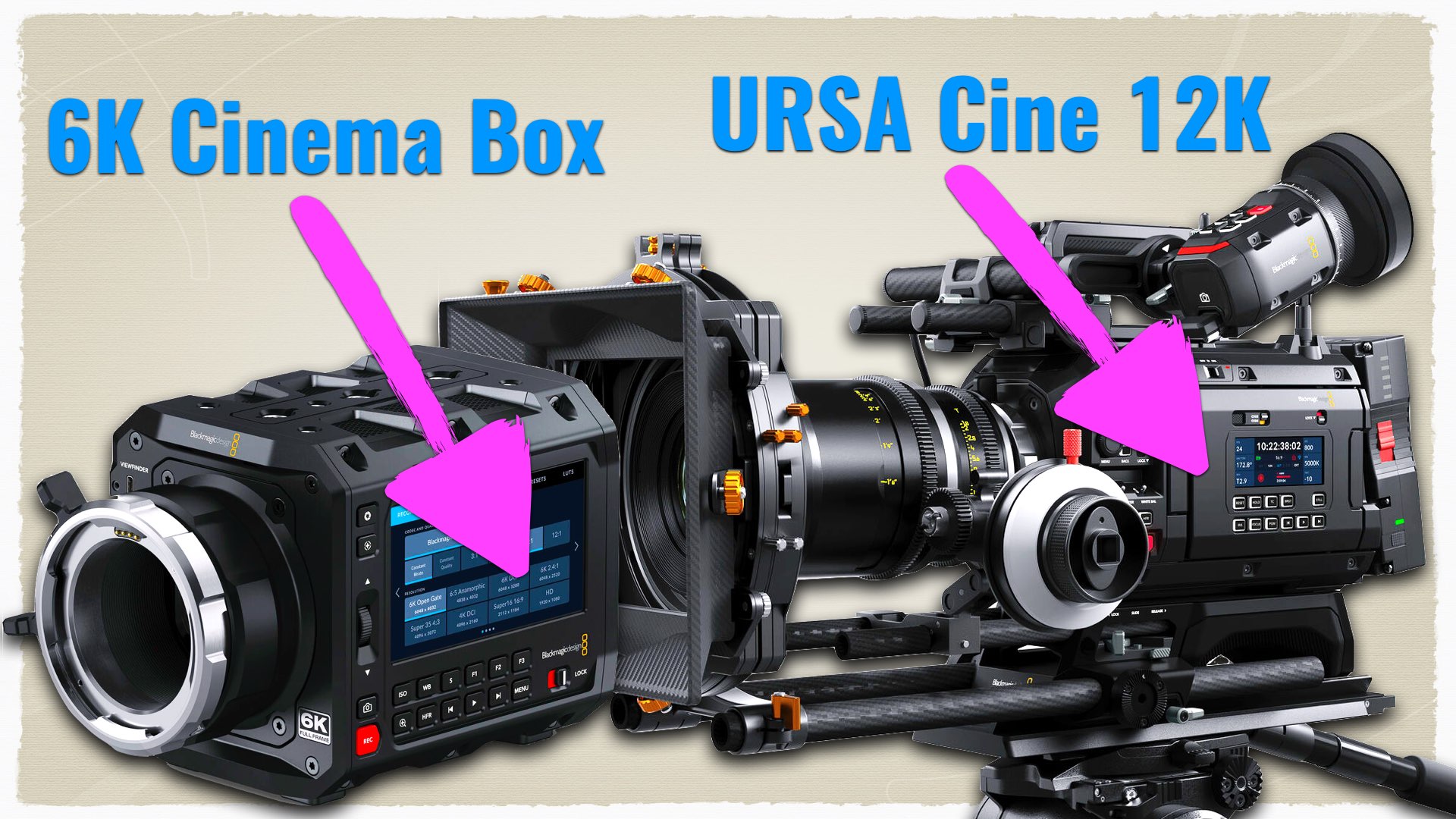
The Verdict
While the Netflix approval is undoubtedly a feather in Blackmagic Design’s cap, its importance should not be overstated. In an era where creative freedom and storytelling often trump technical specifications, the value of a camera is increasingly measured by its ability to empower filmmakers, not just its compliance with corporate standards. For the URSA Cine 12K LF, this milestone is both a validation of its quality and a stepping stone toward broader industry adoption. As Blackmagic continues to challenge the status quo, the real question is not whether its cameras meet Netflix’s standards, but whether they inspire the next generation of storytellers to push the boundaries of cinema. But for now, it’s just a piece of great news (and reported first here :-))

